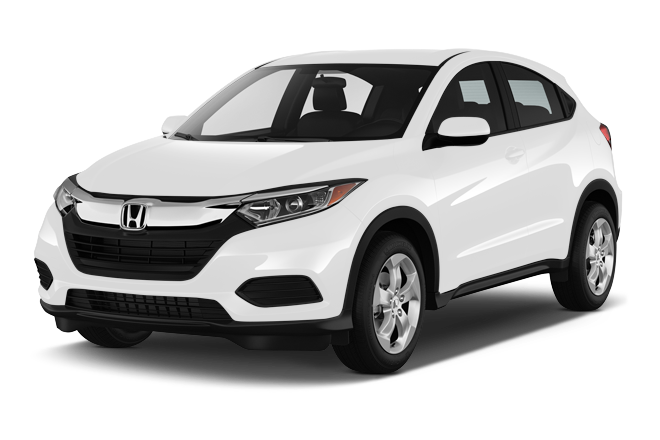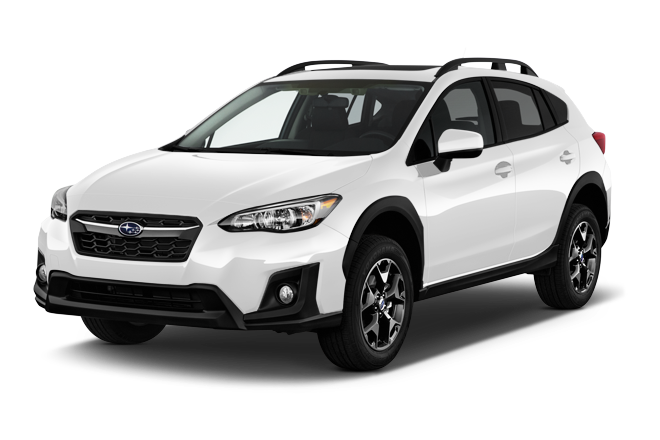- Comparisons
2020 Honda HR-V vs 2020 Subaru Crosstrek

2020 Honda HR-V

2020 Subaru Crosstrek
Our User's Take
What owners think
Cost of Ownership
2020 Honda HR-V
2020 Subaru Crosstrek
Annual Fuel Costs
$1,827
15k miles at $3.41/gal
$2,046
15k miles at $3.41/gal
Fuel Economy
26 mpg (miles per gallon)
City
22 mpg (miles per gallon)
City
31 mpg (miles per gallon)
Highway
29 mpg (miles per gallon)
Highway
Safety
2020 Honda HR-V
2020 Subaru Crosstrek
NHTSA Crash Test Results
Overall
Overall
Safety Features
Standard
Autonomous Braking
Standard
Autonomous Braking
Standard
Blind-Spot Warnings
Standard
Blind-Spot Warnings
Standard
Adaptive Cruise Control
Standard
Adaptive Cruise Control
Standard
Lane-Keep Assist
Standard
Lane-Keep Assist
Standard
Cross-Traffic Alert
Standard
Cross-Traffic Alert
Interior
2020 Honda HR-V
2020 Subaru Crosstrek
Interior Features
Standard
Leather
Standard
Leather
Standard
Moonroof
Standard
Moonroof
Standard
Heated Seats
Standard
Heated Seats
Standard
Keyless Entry
Standard
Keyless Entry
Standard
Climate Control
Standard
Climate Control
Technology
Standard
Apple Carplay
Standard
Apple Carplay
Standard
Android Auto
Standard
Android Auto
Standard
Satellite Radio
Standard
Satellite Radio
Standard
Bluetooth
Standard
Bluetooth
Standard
Navigation System
Standard
Navigation System
Under the Hood
2020 Honda HR-V
2020 Subaru Crosstrek
Powertrain
Transmission
Transmission
FWD
Drivetrain
AWD
Drivetrain
Drivetrain
N/A
Horsepower
N/A
Horsepower
N/A
Torque
N/A
Torque
N/A
Cylinders
N/A
Cylinders
© Certain automotive content displayed within this website, Copyright DataOne Software and are protected under the United States and international copyright law. Any unauthorized use, reproduction, distribution, recording or modification of this content is strictly prohibited.
Automotive Images, Copyright [2000 – 2024]. All Rights Reserved. The automotive images contained herein are owned by the respective copyright owners and are protected under United States and international copyright law. Access to and use of these images is restricted by terms and conditions of a separate license agreement. Any unauthorized use, reproduction, distribution, recording or modification of these images is strictly prohibited.”